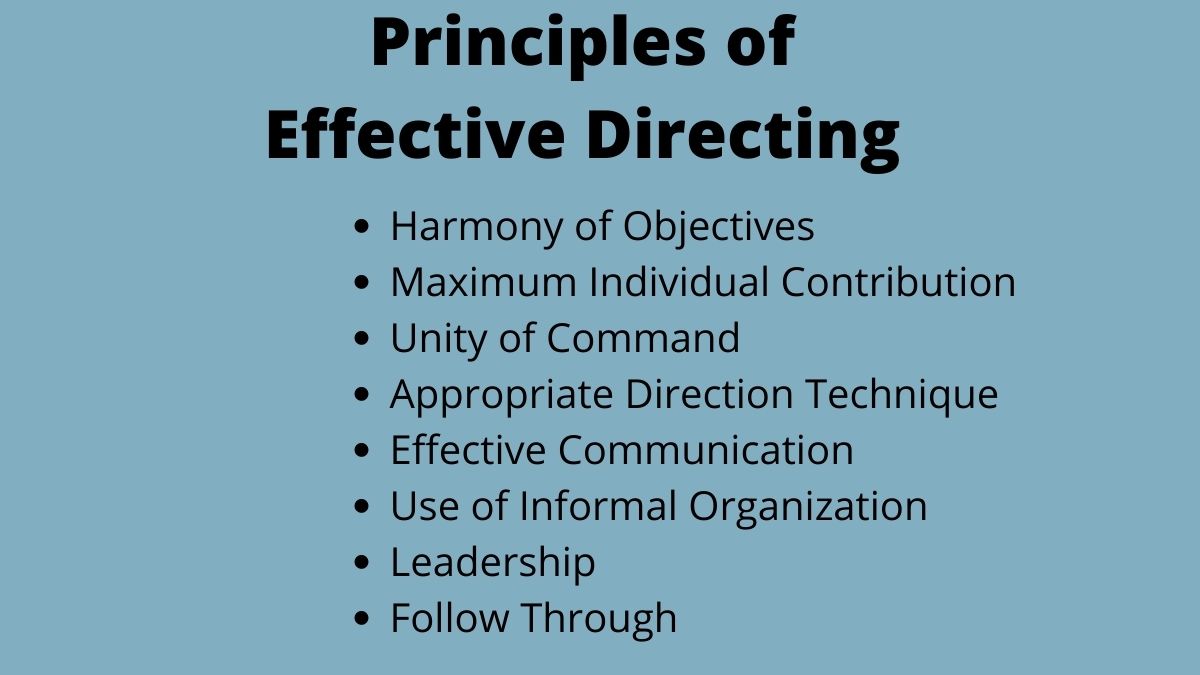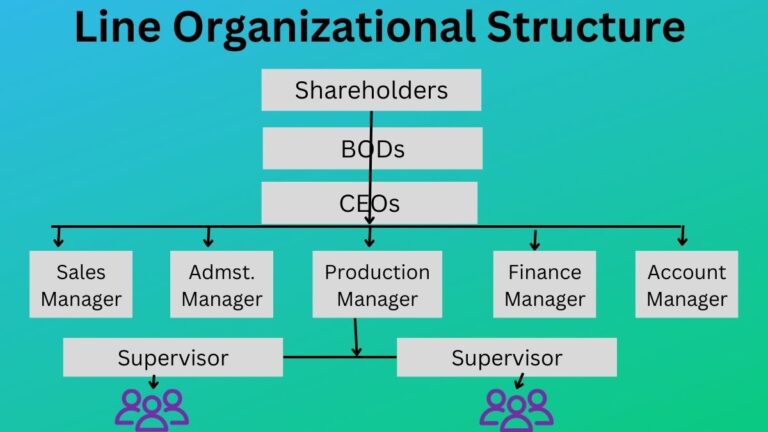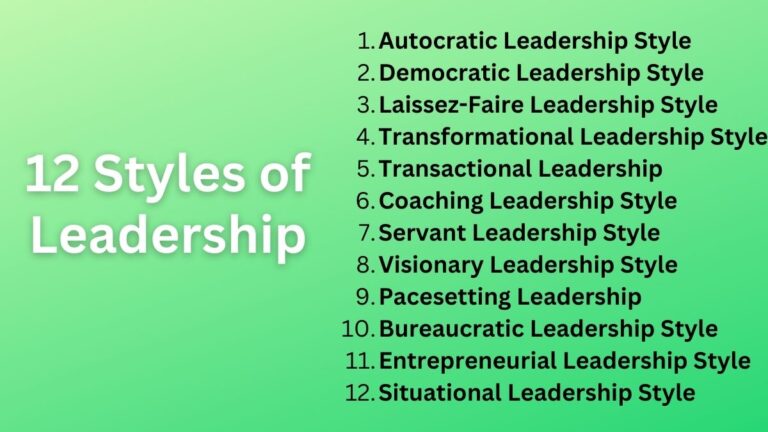8 Principles of Effective Directing In Management
Principles of Directing (Direction)
Effective direction of all organizational collective efforts towards achieving the desired common goals is essential to workplace success. You should learn some of its principles to ensure effective directing to your organization.
These principles are the essence to coordinate all organizational elements in the same direction increasing the chance that your plans and strategies are heading the way you expected. For effective directing, the following eight principles are worth considering.
Harmony of Objectives
One of the essential principles of direction is the harmonization of objectives. It states that you should harmonize the organizational objectives with the people working inside your organization.
It is a universal fact that everyone has personal goals. People join the organization to fulfill their personal interests. They work hard because they are influenced by their personal goals. The conflict arises when their goals are ignored in the process of fulfilling organizational goals.
Thus, this principle states that while achieving organizational interests make sure your employee’s interests are also ensured. This brings satisfaction and motivation to employees which further supports them in getting better performance.
Maximum Individual Contribution
Maximum individual contribution in performing the organizational activities is needed to efficiently achieve the desired goals or objectives. This principle states that you should make an environment or adopt direction practices that influence employees to give their best.
The best effort from every employee is every manager’s dream. You should make direction policies that employees accept the most, encourage them, motivate them either through financial or nonfinancial measures, assure they and their personal goals are valued, etc. so that they have a sense of self-responsibility and give their maximum.
Unity of Command
When you have to do tasks under many bosses at a time can you do the task as effectively as you can when you work under a single boss? Probably not. The unity of command principle of directing is about this.
Unity of command states that an employee must receive guidance and instruction from only one boss at a time and is only answerable to a single boss. It tries to minimize the confusion, dilemmas, pressures, etc. an individual employee will get when he has to work under many bosses.
It further, helps the employees to better study and understand the task given and can do it more effectively. And, relationships also strengthen between the boss and subordinate.
Appropriate Direction Technique
What do you think the appropriate direction technique is? This states that the direction techniques should be liked and matched with the employees.
Related: Importance of Directing Function
You should use direction techniques considering the employee’s skills, abilities, knowledge, and expertise. This should be suitable for managers, subordinates, and the condition of the organization. In addition, should also consider the financial state of the company if there is a need for financial actions to apply.
Effective Communication
Communication is everything in the organization. Your intended message should be received and understood by the employees the way you want. Because alternation or misconception of the message does not get the required results.
Employees will take the right decisions and action at their end only when they understand what the intended message want them to do. A two-way communication channel is necessary to transmit information between subordinates and superiors which further helps to build stronger bonds between them.
Use of Informal Organization
Informal groups are common in big organizations. As they have a particular goal for which they have formed their misunderstanding of new direction techniques goals might cause difficulty in implementation.
It states that while enforcing new direction techniques the informal organization’s concerns should be considered. The communication channel between formal and informal organizations should be enabled. Attention should be given to informal groups they might further strengthen the formal groups.
Leadership
Leadership is an essential function of management. As a manager, you should own the leadership qualities and while directing the subordinates good leadership practices should be applied.
There is no perfect leadership practice or style. It depends upon the situation, size, and nature of the organization. You should understand the situation and apply a leadership style i.e. autocratic or democratic considering their potential impacts on subordinates and the organization.
Follow Through
This is the last of our eight principles of effective direction or directing in management or the organization. The direction is a continuous process and it should be continued.
This principle states that once order, guidance, and instruction are given to subordinates their performance should be followed or monitored appropriately. This gives you useful insight into whether or not the work is going in the right direction.
You should be regularly checking the employee’s performance and when needed should provide necessary instruction, guidance, feedback, and suggestions to help them perform jobs better. This is necessary to ensure your directing efforts are working well in the process of achieving desired goals.
Read Next: The 5 Functions of Management
Sajan Kushmi is a content writer with more than 4 years of experience. He holds BIM Degree. He write on the topics related to Management, Marketing, and Entrepreneurship.






